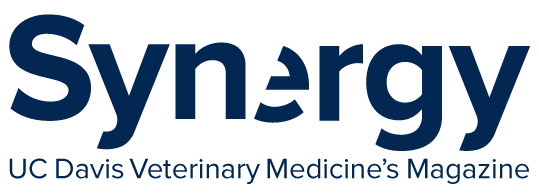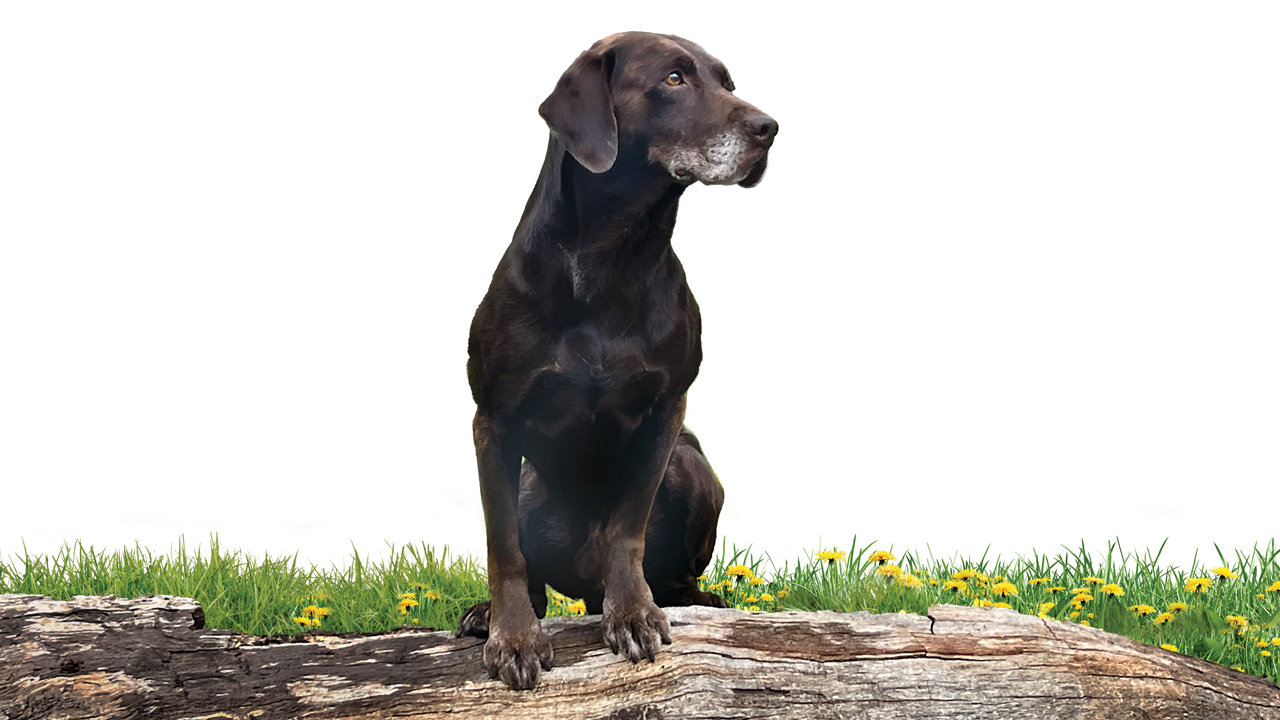
News Bites
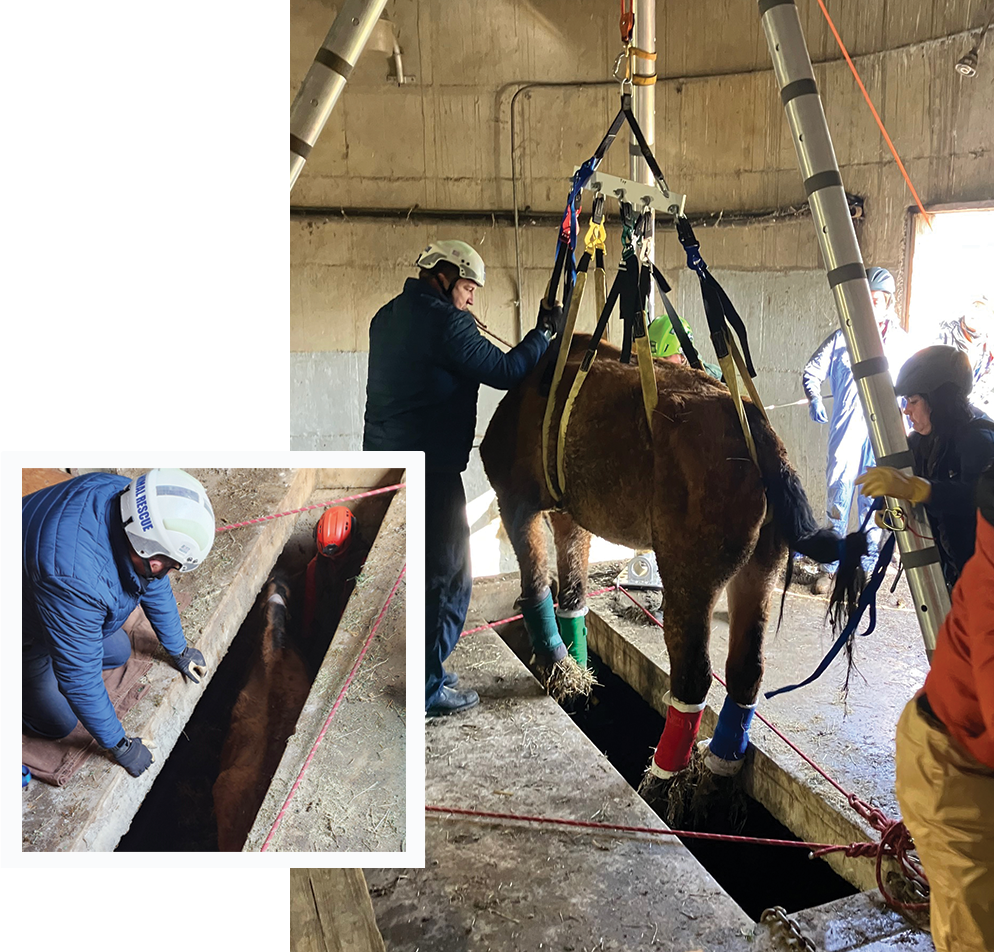
Mare Freed From Silo
Last December, Matsi, an 8-year-old horse, found herself stuck in an underground space beneath an empty rice silo in a small agricultural community outside of Davis. When Yolo County Animal Services called the UC Davis Equine Field Service for help, their team of veterinarians, technicians, and fourth-year veterinary students jumped into action. Collaborating with rescue teams, they devised a plan to lift Matsi safely from the silo.
The operation was both a challenge and an incredible learning opportunity for the students, who gained hands-on experience working in a real-life emergency. Under the guidance of UC Davis experts, they learned how to assess a patient under pressure, manage sedation, and plan technical rescues—skills that will shape the next generation of veterinarians.
After days of planning, Matsi was sedated, harnessed, and lifted to safety using a rope-and-pulley system. Matsi was soon walking on her own, thanks to the collaboration with the California Veterinary Emergency Team, Yolo County Animal Services, Sonoma Valley Animal Emergency Response Team, North Valley Animal Disaster Group, El Dorado County Sheriff's Search & Rescue, Yolo Fire, Knights Landing Fire, Halter Project, and many others. Matsi’s rescue proved popular on the school’s social media sites and local news outlets.
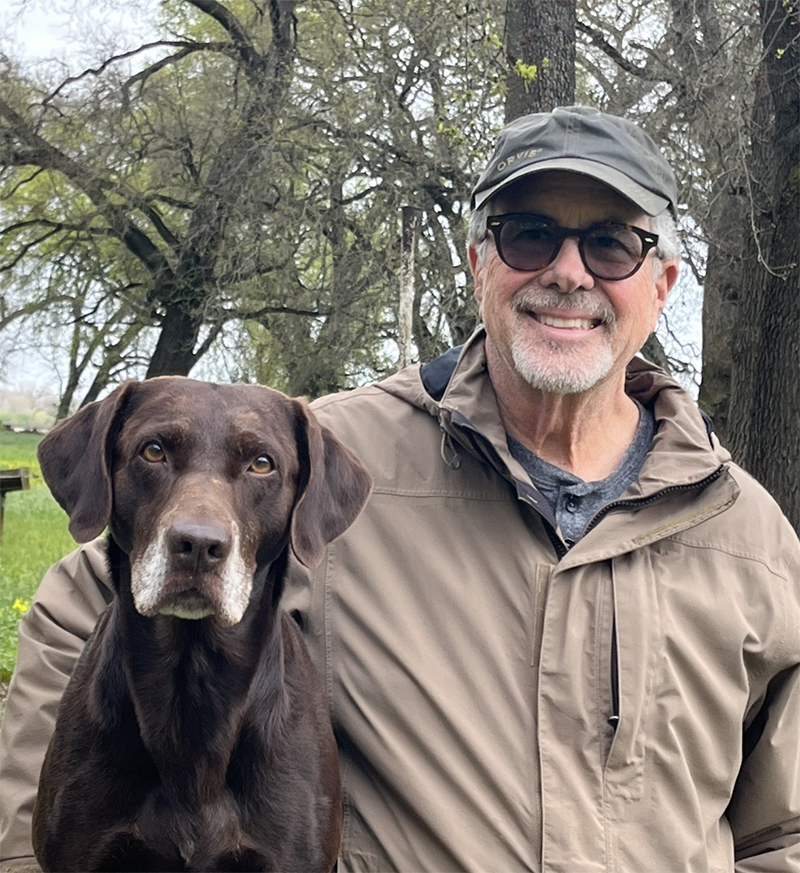
Dog Recovers from Salmon Poisoning
Ollie, a 7-year-old chocolate Labrador retriever, found a dead salmon while walking along a riverbank. While Ollie did not bite into the fish, it became clear that he must have licked it enough to be poisoned by the salmon’s parasitic flukes that contain the bacteria Neorickettsia helminthoeca.
By the time Ollie arrived at UC Davis 10 days later, he was quite ill. Salmon poisoning can be fatal within two weeks if not treated. Thankfully, the Small Animal Emergency and Internal Medicine Service asked the owner the right questions and recognized the signs of salmon poisoning, which is treatable with the correct antibiotics and dewormer.
Ollie’s story on Facebook alone had reached more than one million views at print time and was still climbing. Salmon poisoning isn’t widely known, so sharing Ollie’s experience hopefully will save more dogs’ lives. Our veterinarians suggest keeping your dogs away from raw salmon purchased at the grocery store or encountered in nature. Thankfully, Ollie recovered within just a few days of treatment and is back to enjoying the outdoors—just under a bit more of a watchful eye.
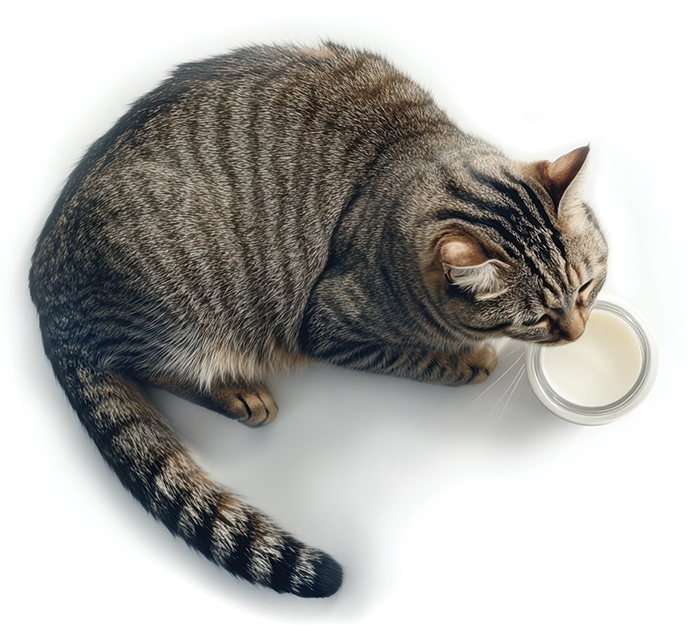
Protecting Cats from Bird Flu
A small but growing number of domestic cats have gotten sick from H5N1, the bird flu strain driving the current U.S. outbreak. While many of those were barn cats who lived on affected dairy farms, indoor cats have also contracted the disease after eating raw food or drinking unpasteurized milk. Some of those cats died. Signs of bird flu in cats include runny nose and discharge around the eyes; it can also cause neurological problems like dizziness and seizures.
ABC News and NPR interviewed Dr. Jane Sykes, who has a special interest in infectious diseases of companion animals, about how to prevent infection. She encourages cat owners to feed them a conventional diet, since heat used in cooking, canning and pasteurization seems to neutralize the virus.
If a cat does seem sick, Sykes says people should not assume it's bird flu—even if their animals spend time outdoors or eat a raw diet. Upper respiratory illnesses are common in cats, while H5N1 is “still pretty rare.” Additionally, ensure your pets are up to date on their rabies and other vaccines.
Stay informed about Avian flu updates.

L.A. Fires Produce Toxic Smoke
Thousands of homes, businesses and beloved places in Los Angeles County burned during January fires, creating dense smoke in the L.A. basin. UC Davis scientists said the smoke that lingered for weeks contained a dangerous mix of unhealthy gases and aerosols, making it much different than typical wildfire smoke.
News outlets such as the Los Angeles Times, San Francisco Chronicle, Sacramento Bee and ABC News cited researchers such as the school’s Dr. Lisa Miller who explained that the toxicity was due to synthetic materials burning in the recent fires—from cars and couches to entire grocery stores.
Combustion of those materials releases compounds that can be much more dangerous to the health of people and animals than those from burning grasses and trees. And it’s not only the chemicals involved, but the high temperatures reached during these fires that make the smoke more hazardous to health—particularly for individuals with asthma and cardiovascular disease.
Miller and other UC Davis scientists continue to study the long-term effects of breathing in wildfire smoke, but preliminary studies show that chronic exposure can be deadly.
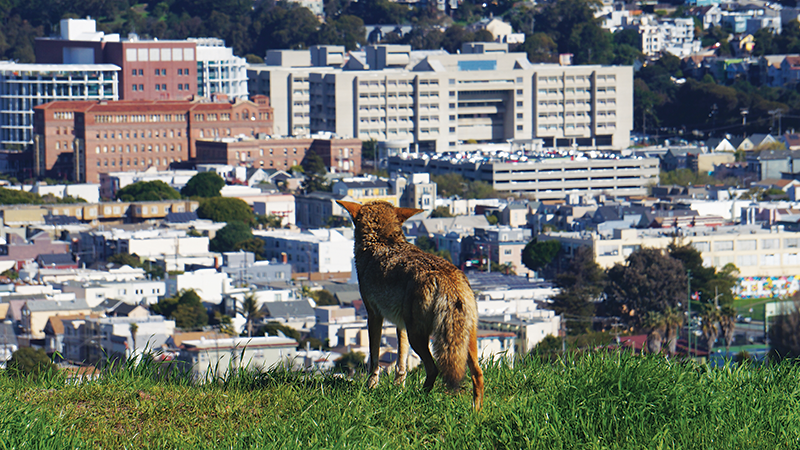
What’s on the Menu for Coyotes?
As their traditional dining options dwindle and natural areas give way to restaurants, homes and sidewalks, the coyotes of San Francisco are shifting what they eat. UC Davis scientists analyzed scat samples to better understand what’s on the menu for these urban canines, and how their diet is shaped by the city’s landscape—which can vary from block to block.
Their study, published in the journal Ecosphere, found that the number of restaurants and amount of pavement within the city heavily influenced their diets. Coyote consumption of rats was highest where restaurant density was greatest, and consumption of human-sourced food (mostly chicken) was highest in the most heavily paved parts of the city.
The findings—covered by Bay Area news outlets, Daily Mail and BBC Wildlife magazine—can help inform and prioritize management strategies to protect native coyotes and reduce human-wildlife conflicts.
